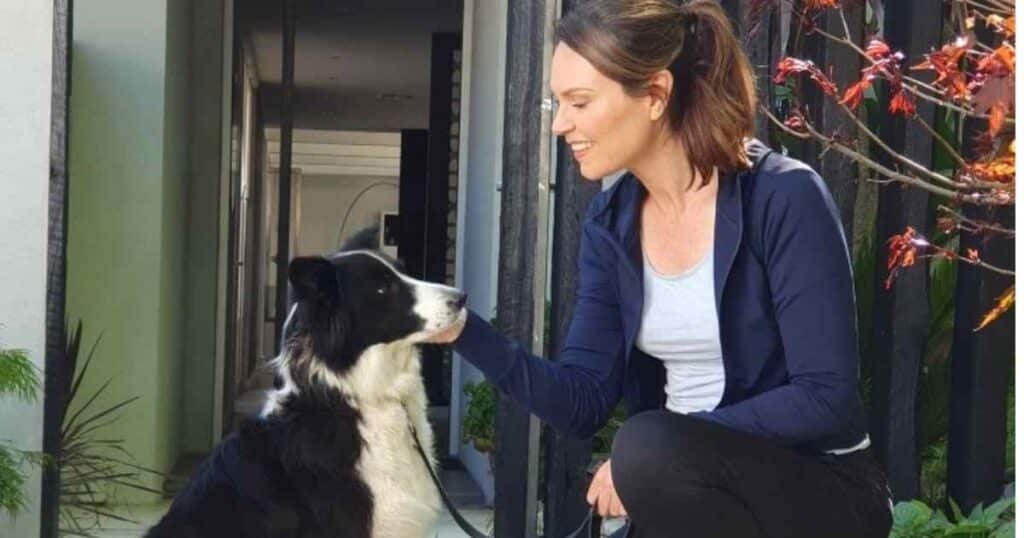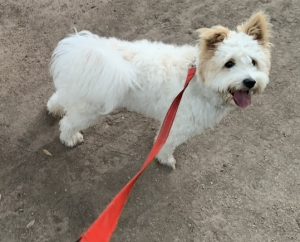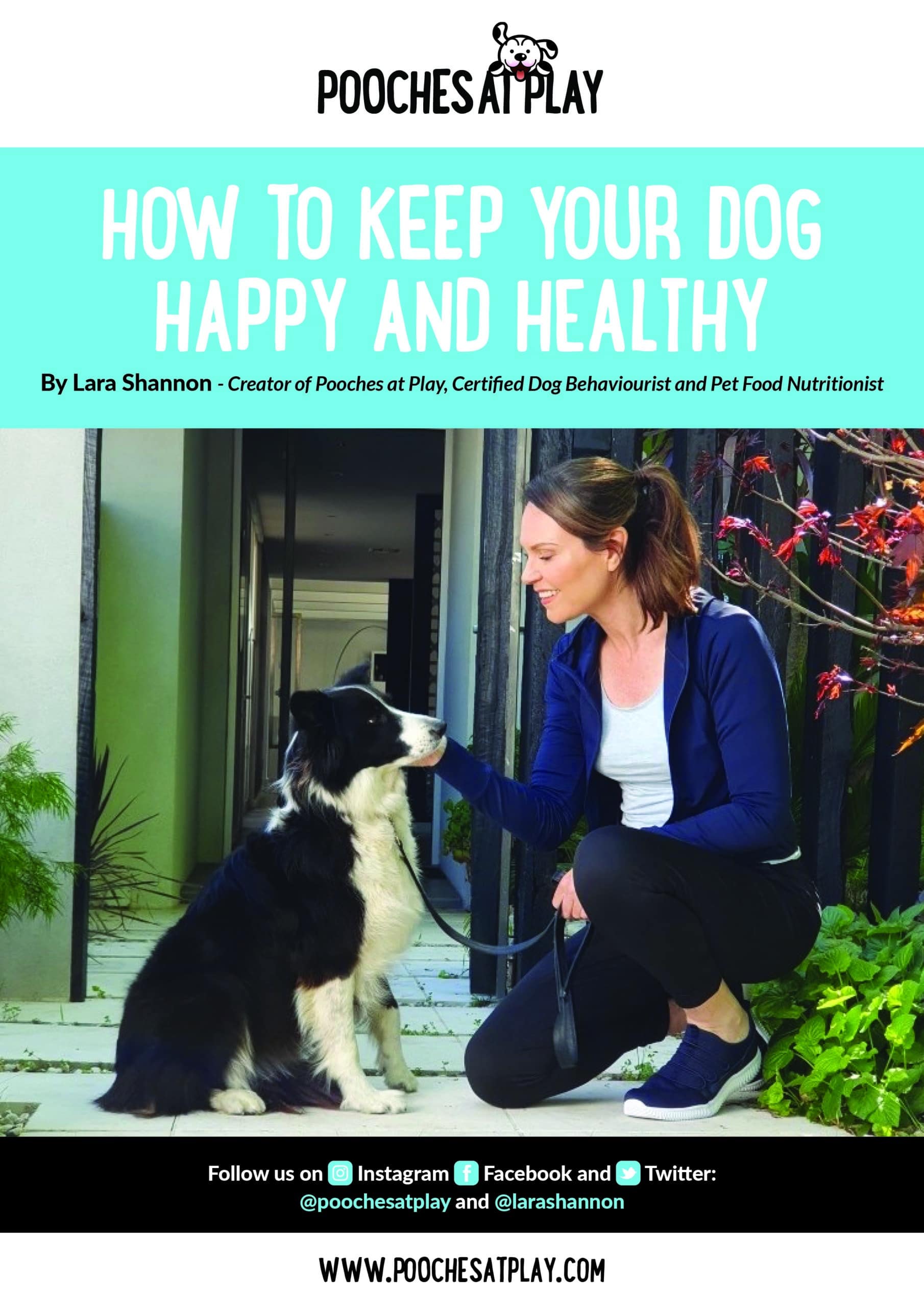

When it comes to training our dogs, it is important that we use methods that support their physical and emotional wellbeing, strengthens our bond and allows them to still express their natural dog behaviours, rather than using excessive dominance and punishment – methods often used in the alpha dog training approach.
Alpha dog training methods might include staring or yelling at the dog, holding them down or forcing them onto their back, physical punishment, or exposing them to sudden loud sounds, sprays or pain when they display unwanted behaviours.
The alpha dog training method is often ineffective in the long term as it is not addressing the underlying reason for the behaviour and usually results in a dog becoming fearful, anxious or even aggressive, rather than a happy, healthy, well-adjusted dog who trusts their owner and is able to communicate how they are feeling about a situation.
Whilst packs of dogs and wolves form packs, it is often the mother and father that are the top of the hierarchy, no different to traditional human families. Again as with human families, it is important that there are clear rules and boundaries on how to live together, and what is or is not acceptable behaviour.
And, yes, whilst dogs do work things out by reminding each other with assertive body language, or a growl of warning or nudge or nip, when another is doing the wrong thing, the problem with coming at dog training with the old-school alpha leader through dominance’ approach, is that it can create fear, rather than respect and trust – which is vital to any good partnership.
Plus, when a dog is fearful, it can often then trigger an aggressive response, instead of submission and earned respect, so it is counter-productive to building a bond and a firm but fair leadership approach. By establishing yourself as the “alpha” or dominant pack member by using punishment or intimidation to control a situation, it often means you are punishing a dog that is trying to communicate how they are feeling, which is the last thing you want to be doing.
Now, I’m not saying your dog doesn’t need to learn that there is a consequence for a behaviour or action, and that this may be a good or negative outcome. In fact, that’s how dogs learn.
That’s where positive reinforcement training comes in as an effective and humane method of training, backed by research, the veterinary industry and animal welfare groups.
Positive reinforcement training focuses on rewarding desirable behaviours, and ignoring or re-directing, rather than punishing, undesirable ones like alpha dog training does.
By using a reward that motivates your dog the most, whether it be praise, treats, toys or affection when they display a desired behaviour, it makes them more likely to repeat it.
By ignoring and not giving them what they want, which is a negative consequence to the dog, there’s little benefit to them continuing that action.
Especially if you can then redirect them to an alternative and more desirable behaviour, and reward that, so it reinforces a good consequence for doing the right thing.
Another important thing to remember the next time you’re tempted to think your pup is being “naughty, bad, or disrespectful”, is that dogs are opportunists.
While there are many behaviors we perceive as “bad”, dogs often act out of a desire to fulfill their own hard-wired desires and needs. They also don’t feel guilt or ‘get back at us’ so learn more about that here.
Where people go wrong with treating common dog behaviour problems is not that positive reinforcement doesn’t work, but that they are often rewarding the unwanted behaviour without realising it.
So, instead of punishing them, we need to understand why and what it is they are trying to achieve – take barking, jumping, or chewing for example, address the underlying issue, which is often boredom or anxiety, and find a more appropriate response or activity for them to engage with, so we can then reward and therefore reinforce the preferred behaviour.
If you have a new puppy, or need some dog training support, avoid the promise of the quick fix alpha dog training method and speak to a positive or balanced trainer.
You can visit your local PETstock store or check out their website for their puppy and other training services.
Lara Shannon is a certified dog behaviourist and trainer, pet food nutrition specialist, Executive Producer and Host of Pooches at Play on Channel 10 and editor of Poochesatplay.com. Lara also runs her own dog training business in Melbourne’s Bayside area and is the Author of World of Dogs and Eat, Play, Love Your Dog


Walking a dog – how much and why

The benefits of Snuffle Mats for dogs


Toilet Training a Puppy for success

Receive a FREE copy of the E-Book “How To Keep Your Dog Happy And Healthy”
"*" indicates required fields


Get your paws on Lara Shannon’s best selling books ‘Eat, Play, Love (your dog) and World of Dogs.
Available in Australia, USA, UK and Canada.